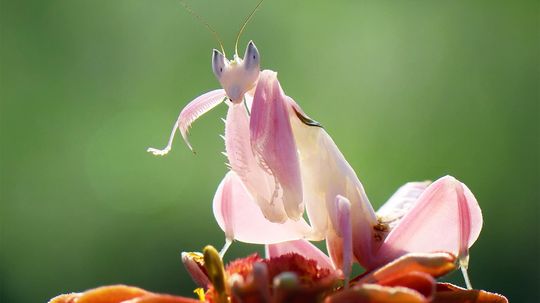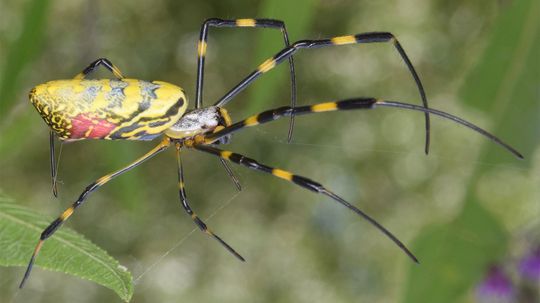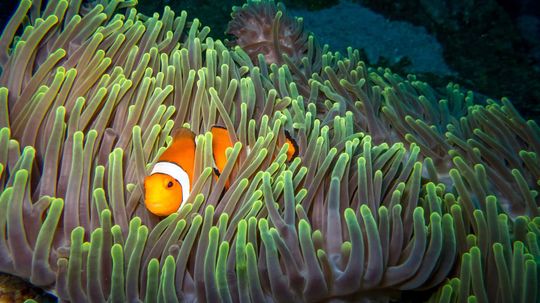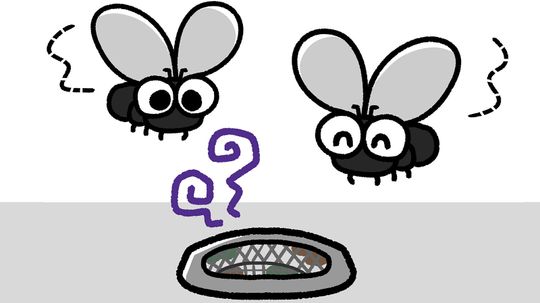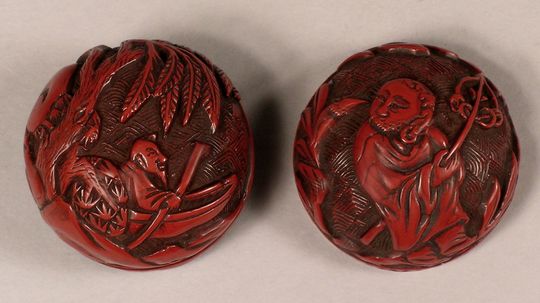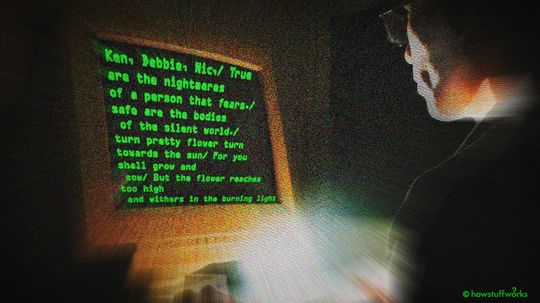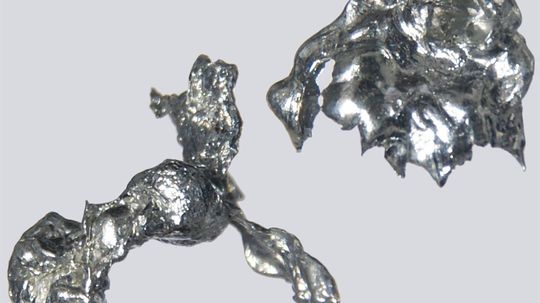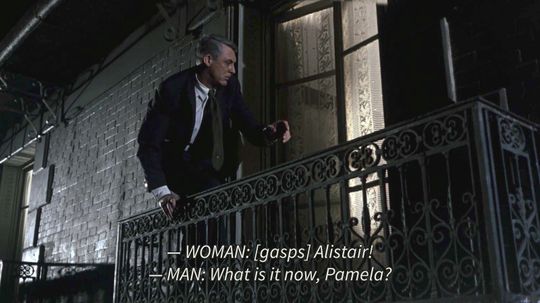Allison Troutner is a freelance writer with a master's degree in cultural anthropology. She's fascinated by the unusual, taboo, and avant-garde because pushing the boundaries of science and technology keeps the world going 'round (and a more interesting place to live in). She specializes in health and environmental sciences, cannabis and hemp agriculture, and cybersecurity. She's called mom by two toddlers who tolerate her and some houseplants that don't. You can find her at www.allisontroutnerwriter.com.
Recent Contributions
For decades scientists assumed these insects looked so much like orchids as a form of camouflage. But they were wrong. They look this way because they're deceptive predators.
Michael Rockefeller, the 23-year-old son of prominent political figure Nelson Rockefeller, went into the jungle of Netherlands New Guinea in 1961 and never returned. Here's the story.
Native to East Asia, the Joro spider has adapted to life in the southern U.S. and, as far as we know, is a beneficial addition to the ecosystem.
Advertisement
It's hard to imagine Nemo catching some z's in the Great Barrier Reef. But fish do need rest. Do they sleep like we do?
You might see them hanging out around your kitchen drain. They're annoying yet tiny - they're drain flies. So how do you get rid of them?
Don't let the word "acid" scare you away. Because when the job gets too tough for your standard household cleaner, it's time to try muriatic acid.
The unlikely symbiotic relationship of solar panels and agriculture is known as agrivoltaics. Is it coming to a farm near you?
Advertisement
Some say UFOs, while others say a meteor strike formed the Carolina Bays. Whatever created these isolated ponds and wetlands across North and South Carolina left a wondrous ecosystem that is in dire need of protection.
All bubbles pop - that's a fact of life. But what's the science behind the short life and inevitable pop of a bubble?
Cinnabar's bright-red pigment has been used in jewelry, pottery and makeup for millennia. But cinnabar is also the primary ore for mercury, making it a dangerous mineral if the particles are inhaled.
The rose-red mineral rhodonite was first discovered in the 1790s in the Ural Mountains of Russia. Today it's found globally and is associated with compassion, love and healing.
Advertisement
UFOs and UAPs both refer to unidentified objects in the sky, but scientists prefer the term UAP. And that's because when we hear UFO, we automatically assume aliens.
Discovered in the early 1800s from a chunk of smuggled platinum ore, rhodium is the most valuable precious metal on the planet today, used mainly for keeping car emissions in check.
Superacids are those with an acidity greater than sulfuric acid. So which is the most super of superacids and what exactly is it used for?
Ken Webster moved into an 18th-century cottage in the tiny town of Dodleston, England, and soon found himself cyber-communicating with someone from the year 1546.
Advertisement
Cadmium is a natural metal and the leading component in rechargeable batteries and solar cells. It is also highly toxic and heavily regulated.
We all have favorite colors. But have you ever considered why you like one color more than another?
The world's population passed 8 billion in 2022, but which countries contributed the most to the increase? Here are the seven countries with the biggest populations.
Few Americans like the switching between Daylight Saving Time and Standard Time, but there's conflict on whether to switch permanently to DST or to ST. What are the pros and cons of permanent DST?
Advertisement
For centuries, Razzouk Tattoo in Jerusalem has provided tattoos to both pilgrims and posers, using hand-carved wooden stamps, some of which are 500 years old.
Your body replaces billions (with a b!) of cells every day. In about 100 days, 30 trillion be replaced, but does that mean you're a new person, too?
In Germany, death may be permanent, but gravesites aren't. They're leased until the next "resident" moves in. That's just one grim regulation surrounding funerals and burials.
Tattoos age just like we do. But that doesn't have to be a bad thing. There are simple ways to make them pop and look good, no matter how old they are.
Advertisement
Never heard of the tarsier? Well it's one of the smallest primates in the world but has some of the biggest bug eyes you've ever seen.
Though the terms closed caption and subtitles are used interchangeably, the two are quite different. Do you know the distinction?

